





 7
7




OK so it's a funny thing to post, but I thought those of you with pasture/permie tendencies would be interested in what the sheep leave behind after a mob stock rotation grazing our top fields. This is all over the field and looks as if it has been applied by machine. What amazes me is what happens as it re-grows. Watch this space.
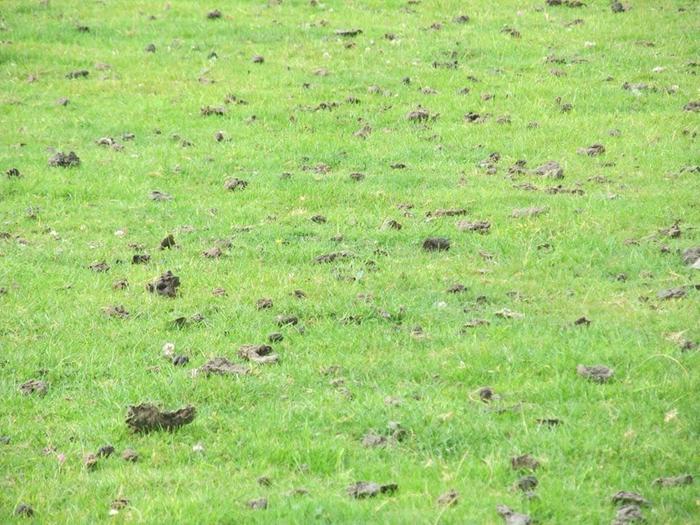
1 week on: the muck is still there, there is a fuzz of grass and the clover is starting to flower again. The clover in ungrazed fields flowered ages ago and has gone to seed now.

A fortnight from when it was shut up and we have in flower red and white clover, birdsfoot trefoil, buttercups, cats ears and more mushrooms than I know what to do with, oh yes, and the grass is growing too. And the magic is starting to happen. What happened to all that muck???
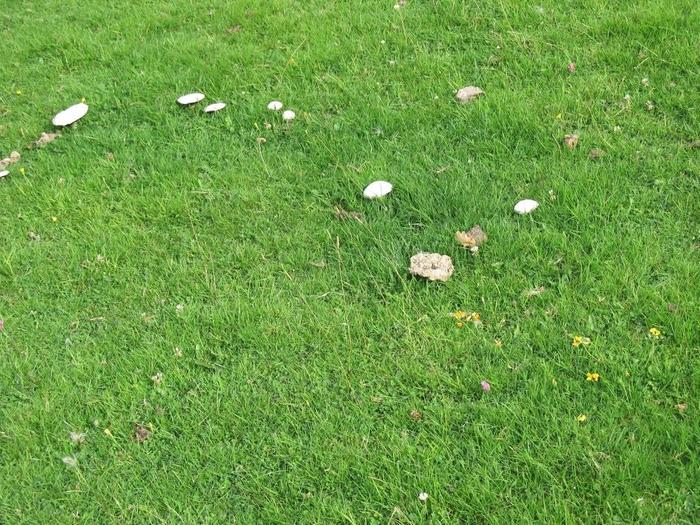
Much stronger, greener growth on the urine patches. The bits that get heavy traffic by the gates are almost all ryegrass and starting to head now. To keep an old sward like this in condition, I am convinced conventional sward height recommendations are rubbish - if low-growing species aren't cropped off a lot shorter, you get a lot of dead in the sward.
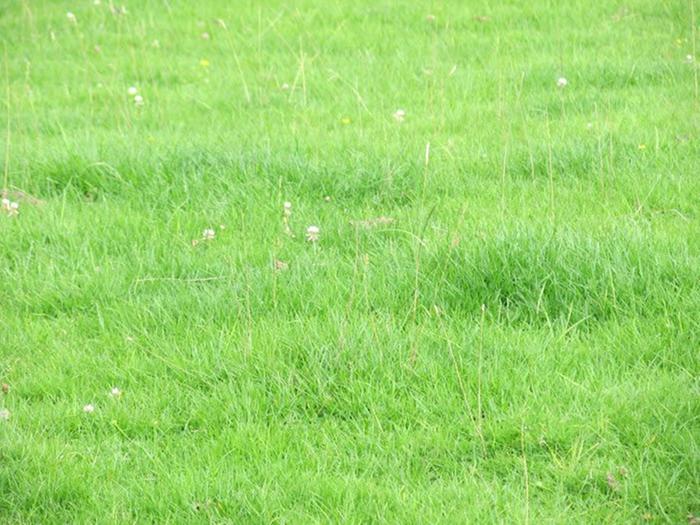
Ready to put the lambs back on it now

The appreciative recipients
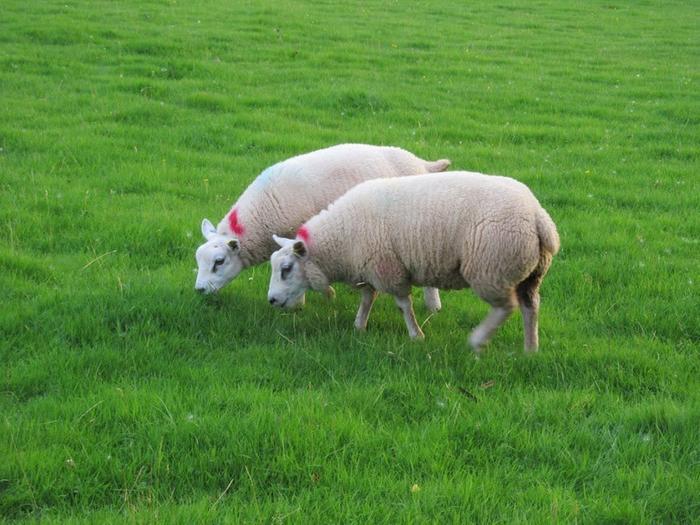
About 3 weeks and 3 days from taking the sheep off. Magic, isn't it?
How permies.com works
What is a Mother Tree ?
 1
1




How permies.com works
What is a Mother Tree ?
 2
2




How long we graze them is like how long is a piece of string. I would have to check how big this field is, but it would be about 8 acres I think and the group was on it was about 280 ewes and their lambs, so nearly 600 head, so that is where all the poop came from, they were on that field for about 5 days and then the one next door aswell for another 5 days or so and then moved on. Now the ram lambs are on it, there are 220 of them and they are failing to dent it right now so they will be on it for a lot longer!
It's done the ewes and lambs for 5 days to a week, every 2/3 weeks through spring/summer and it looks fab on that. But it also depends on what sort of a grass growing year it is, this year has been a good one. You couldn't do it quite the same if it was dry, you'd get a desert.
How permies.com works
What is a Mother Tree ?
 1
1




My project thread
Agriculture collects solar energy two-dimensionally; but silviculture collects it three dimensionally.




 1
1




How permies.com works
What is a Mother Tree ?
 1
1




 1
1




Burra Maluca wrote:..here were 600 ewes and lambs for five to seven days at a time every 2 to 3 weeks over the summer.
My project thread
Agriculture collects solar energy two-dimensionally; but silviculture collects it three dimensionally.
 3
3




Eva
 1
1




 2
2




Eva Taylor wrote: I still feel like 220 animals on 8 acres is mobish since in the wild 6-8 deer per square kilometer is what's considered healthy and normal and we are patterning after that example-6-8 deer mob grazing a one square kilometer of land. Not sure how biologists come up with that number but there it is...
Please check me out. http://www.dandeliondreamspermaculture.com
http://www.dandeliondreamsfarm.com
 1
1




 2
2




Nicholas Mason wrote:0900004
~/I don't think that deer really count as a mob grazing animal. They are more of a woodland animal that spend a lot of time solitary. Where as things like buffalo and elk run in huge herds. And like the open grass land areas a bit more.
(elk can spend alot of time in woodland as well but like the meadow up there.)
Moderator, Treatment Free Beekeepers group on Facebook.
https://www.facebook.com/groups/treatmentfreebeekeepers/





 2
2








Sue Rine wrote:It takes about four days for the new shoot at the base of the grass to appear so grazing any one paddock for longer than four days risks damaging that new shoot and reducing the overall production of the pasture.
Please check me out. http://www.dandeliondreamspermaculture.com
http://www.dandeliondreamsfarm.com
 2
2




220 ewes clearing up 1.74 ha of ground after young cattle. Mob stocking is highly intensive rotational grazing - a lot of heads on for a very short time.
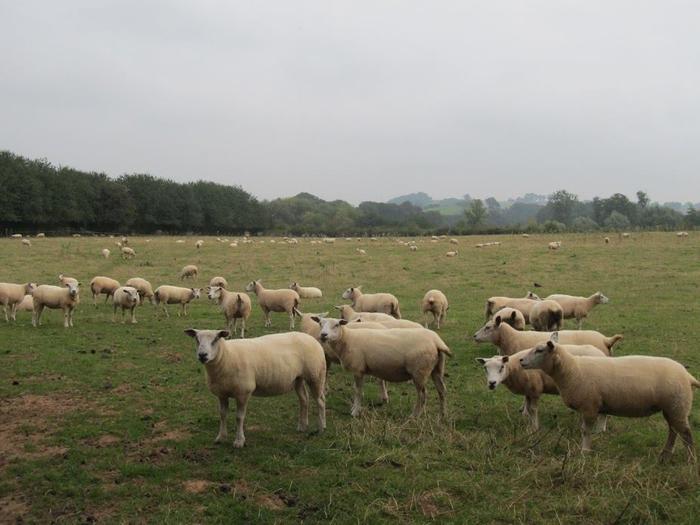
We don't have much true ancient pasture, because it was all ploughed up in the 1940's. Most of it so unsuited to anything else but grazing that it hasn't been ploughed since. Having said that, during the war they even grew potatoes on our top ground. This field is an old orchard, ridge and furrow ploughed which makes it foul to do anything mechanical with it. The one up the top where the series of photos is from must have had clover planted on it at some time I suppose because it's name on the old maps from the 1840s is 'big clover field'. When bored at some point I did a review of broadleaved species growing on the farm - currently it's running at a few over 250.
How permies.com works
What is a Mother Tree ?
 1
1




Burra Maluca wrote:
Plus this photo, just for you CJ!
My project thread
Agriculture collects solar energy two-dimensionally; but silviculture collects it three dimensionally.

 2
2




List of Bryant RedHawk's Epic Soil Series Threads We love visitors, that's why we live in a secluded cabin deep in the woods. "Buzzard's Roost (Asnikiye Heca) Farm." Promoting permaculture to save our planet.








 )
)
|
Brace yourself while corporate america tries to sell us its things. Some day they will chill and use tiny ads.
Freaky Cheap Heat - 2 hour movie - HD streaming
https://permies.com/wiki/238453/Freaky-Cheap-Heat-hour-movie
|





